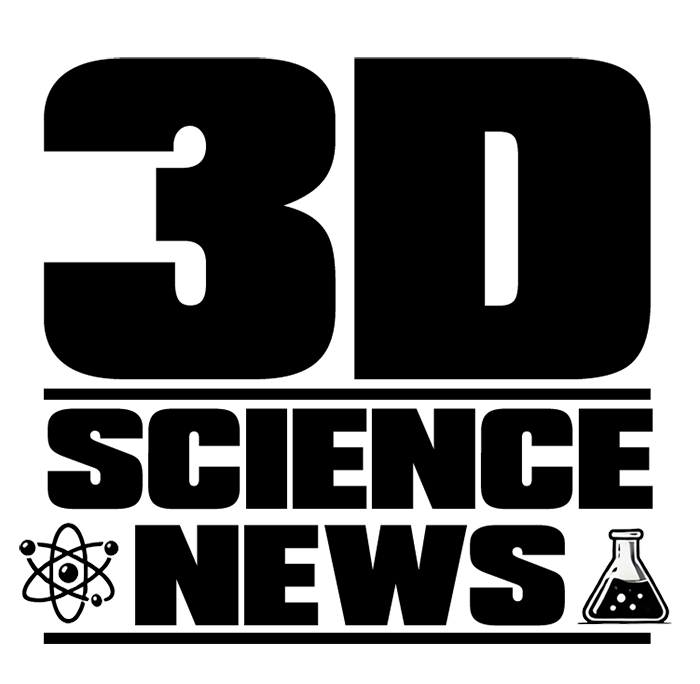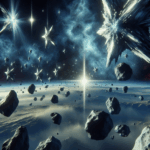Saturn has been hoarding moons like a paranoid sci-fi villain stockpiling alien artifacts. Astronomers just uncovered 128 more, bringing the grand total to an absurd 274. That’s nearly triple Jupiter’s count, which is frankly embarrassing for a so-called gas giant.
Scott Sheppard of the Carnegie Institution calls Saturn the “king of the moons,” a title Jupiter probably resents. Samantha Lawler, another astronomer on the case, calls the discovery “fascinating” and points out that it just proves how much is still lurking out there. Translation: Space is messy, and we haven’t even scratched the surface.
A CHAOTIC SWARM
These moons aren’t the stately, well-behaved kind. They’re tiny—just a few kilometers across—and they zip around Saturn like caffeinated fireflies. Unlike our Moon, which is at least polite enough to orbit in a predictable manner, many of these newcomers move in reverse, careening through space like they’re late for an intergalactic rave.
The International Astronomical Union recently made the discovery official, and a forthcoming paper, led by astronomer Edward Ashton, will dissect the details. These moons don’t just appear out of nowhere; Sheppard actually spotted hints of them two decades ago using the Subaru Telescope in Hawaii. But back then, astronomers couldn’t track their orbits well enough to prove they were real.
Enter Ashton and some much-needed advancements in telescope tech. From 2019 to 2021, he used the Canada-France-Hawaii Telescope to confirm 62 new moons. Then, in 2023, with even more telescope time, he uncovered another 128. At this rate, Saturn might hit 300 moons before we figure out what exactly it’s trying to hide.
SATURN, YOU SLY DOG
Why does Saturn have so many moons? One theory: it’s really bad at holding onto things. Scientists suspect many of these small moons are actually remnants of ancient collisions, shredded fragments of larger bodies that once roamed these chaotic skies.
Saturn’s current position in the sky also helped with discovery efforts. From Earth’s vantage point, the planet moved away from the dense star field at the galactic center, making it easier to pick out moons rather than mistaking them for background stars. It’s like trying to count popcorn kernels in midair—easier when the background isn’t a flashing neon nightmare.
But even with better views, the sheer number of moons is starting to raise eyebrows. Saturn’s gravitational pull is strong, sure, but why does it have such a bizarrely high moon count compared to its planetary peers? Is it just a cosmic accident, or is something deeper at play? Maybe Saturn is collecting something. Or someone.
Did You Know?
- Saturn’s moon count is so high that if you assigned each one to a person, you couldn’t fit all their names in a Twitter post—back when it still had a character limit.
- Some of Saturn’s moons orbit in the opposite direction of the planet’s rotation, which in celestial mechanics is like swimming upstream in space traffic.
- Jupiter, once the undisputed moon champion, is probably experiencing an existential crisis over Saturn’s astronomical moon flex.





